Caring For Daylilies: How To Grow Daylilies
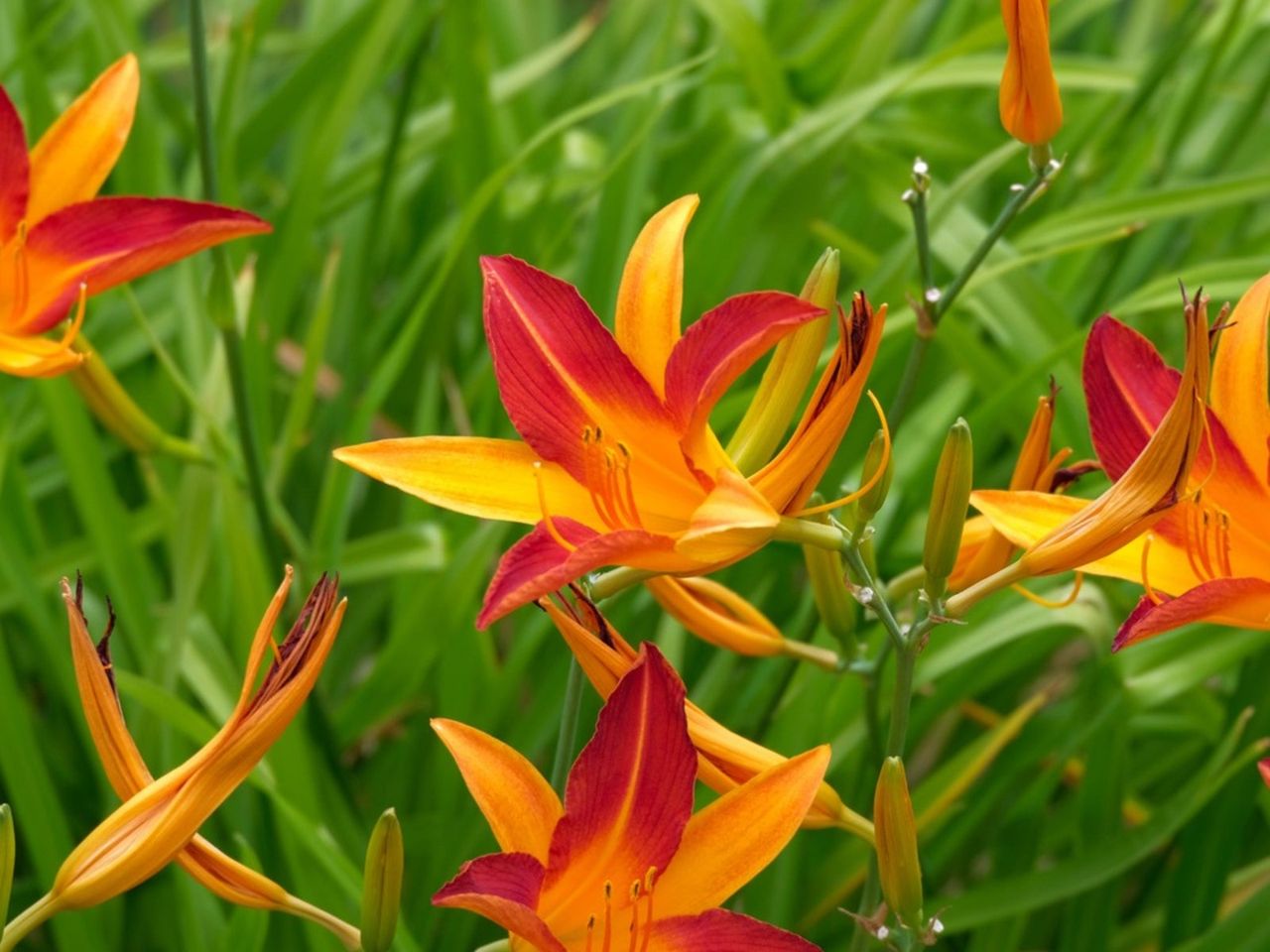

Growing daylilies (Hemerocallis) has been a pleasure for gardeners for centuries. From the 15 or so original species found in the Orient and Central Europe, we now have approximately 35,000 hybrids from which to choose and more are coming every year. Older, traditional plants die back during winter, but there are new semi- and evergreen varieties.
While their beautiful flowers last only one day, a mature clump can produce 200-400 blooms over the course of a month or more.
Planting daylilies as single specimens or en masse as a ground cover for a slope, these lovelies will make a welcome addition to any garden, but are of particular joy to the weekend gardener who simply doesn't have time for fussier plantings. Caring for daylilies is so easy and these plants are so hardy, that some seem to even thrive on neglect!
Planting Daylilies
Although early spring or early fall are the best time for planting daylilies, you can plant them successfully as long as you can dig the hole. Caring for daylilies begins with planting. If your soil is sandy or heavy clay, amend it with plenty of organic matter. In discussing how to grow daylilies, it should also be noted that they prefer slightly acid soil, but again, are adaptable.
Choose a site where your growing daylilies will receive at least six hours of sun. Morning sun is best, particularly in warmer areas where the blazing afternoon sun can scorch the leaves. Here again, these hardy plants will grow with less, but blooming won't be as prolific.
Cut the foliage back to 6 inches (15 cm.). Dig your hole twice as wide and deep as the root spread. Place the plant so the crown (the part where the roots meet the stem) is about 1 inch (2.5 cm.) below ground level. Fill in the hole with your amended soil and water well.
After planting daylilies, keep them well watered for a few weeks until the roots are established. Daylilies are vigorous growers and can be divided every three or four years. Because of the number of varieties, they make great specimens to trade with neighbors and friends.
Gardening tips, videos, info and more delivered right to your inbox!
Sign up for the Gardening Know How newsletter today and receive a free copy of our e-book "How to Grow Delicious Tomatoes".
Information on Caring for Daylilies
How to grow daylilies? It would be easy to say stick them in the ground and walk away, but there are a few things you can do when caring for daylilies to get the most out of these tough growers.
A basic 10-10-10 fertilizer in the spring and during bloom is all you need, though gardeners who specialize in daylily care will recommend more often. Once established, these hardy plants will tolerate drought. Water as needed.
Once up and growing, daylilies perform best if you remove the seed pods. Leaving them on the plant will retard the following year's bloom. In early spring, daylily care consists of removing the dead leaves from the surrounding ground and weeding.
A cover of mulch will keep the weeds down though it isn't necessary for the plant itself. Once full grown, a daylily's leaves are so thick, they tend to shade out surrounding weeds.
Disease is rare among the varieties of daylily. Care should be taken, however, when it comes to aphids or thrips and usually the problem begins with other garden plants first. An application of all-purpose insecticide, whether organic or chemical, or a strong spray of water usually takes care of the problem.
Now that you know how to grow daylilies and how easy caring for daylilies is, it's time to ask the neighbors for donations or to purchase a few from your local garden center or catalogue. I guarantee you'll be glad you did.
Note: Any recommendations pertaining to the use of chemicals are for informational purposes only. Chemical control should only be used as a last resort, as organic approaches are safer and more environmentally friendly.

Jackie Rhoades began writing for Gardening Know How in 2010.
-
 7 Vegetables To Plant In April: Start Indoors Or Outside For A Bumper Summer Harvest
7 Vegetables To Plant In April: Start Indoors Or Outside For A Bumper Summer HarvestAchieve your growing ambitions with these best vegetables to plant in April – including cold-hardy crops to sow direct and tender varieties to start indoors
By Mary Ellen Ellis
-
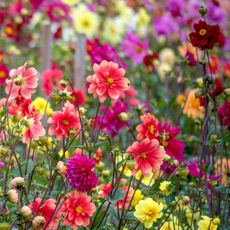 Cut Flower Garden For Beginners: 8 Easy Decorative Floral Plants For Newbies To Grow
Cut Flower Garden For Beginners: 8 Easy Decorative Floral Plants For Newbies To GrowAre you new to growing decorative florals for bouquets and ornamental displays? A cut flower garden for beginners is well within reach if you grow these flower seeds
By Tonya Barnett
-
 Are Daylilies Edible - Can I Eat Daylilies
Are Daylilies Edible - Can I Eat DayliliesDaylilies are easy to grow and produce fantastic blooms. Their laissez faire nature and hardiness make them ideal landscaping plants. If you are a garden grazer, you may wonder, "can I eat daylilies?" And if they are, which daylilies are edible? The wonderful answer is contained below.
By Bonnie L. Grant
-
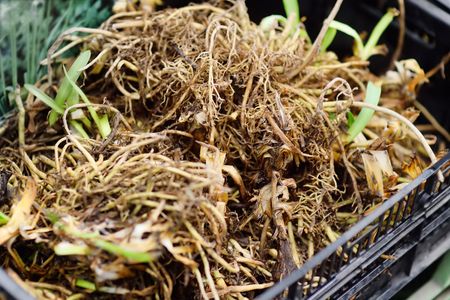 Daylily Tuber Winter Care – Learn About Overwintering Daylily Plants
Daylily Tuber Winter Care – Learn About Overwintering Daylily PlantsDaylilies are some of the toughest flowers around, but if you’re concerned about daylily plants in winter, digging and storing daylily tubers isn’t a bad idea, especially in climates north of USDA plant hardiness zone 5. Click this article to learn what to do with daylilies in winter.
By Mary H. Dyer
-
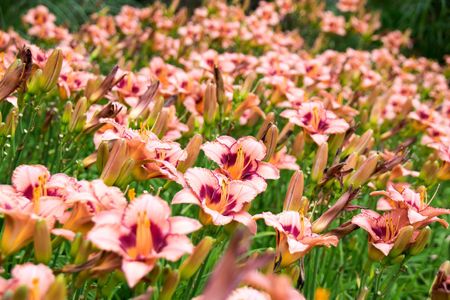 Daylily Division Guide: Learn How And When To Divide Daylilies
Daylily Division Guide: Learn How And When To Divide DayliliesDaylilies are pretty perennials with striking blooms, each of which only lasts for one day. They don’t require much care once established, but dividing daylilies should be done every few years to keep them healthy and blooming. Learn when and how to do this here.
By Mary Ellen Ellis
-
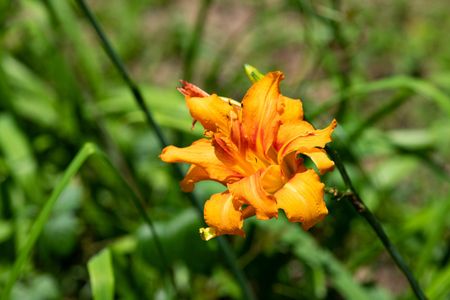 How And When To Cut Back Daylilies: Daylily Trimming Made Simple
How And When To Cut Back Daylilies: Daylily Trimming Made SimpleDaylily trimming after bloom time will keep these beauties tidy and disease-free. Trim the plants back after they bloom and before you divide them.
By Mary Ellen Ellis
-
 How To Transplant Daylilies: Learn About Moving Daylilies In The Garden
How To Transplant Daylilies: Learn About Moving Daylilies In The GardenDaylilies like to be divided every three to five years for optimal blooming. Moving and transplanting daylilies takes a little finesse. The following information on how and when to transplant daylilies will have you an old pro at dividing and moving daylilies in no time.
By Amy Grant
-
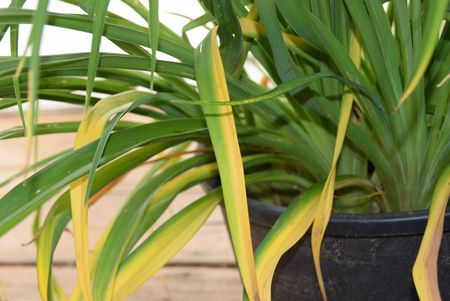 Streaks On Daylily Leaves: Learn About Daylily Leaf Streak Disease
Streaks On Daylily Leaves: Learn About Daylily Leaf Streak DiseaseDaylily plants are among one of the most popular perennial landscaping flowers. While robust, there are some issues that may cause these plants to struggle in the garden. Daylily leaf streak, for instance, can cause distress. Learn more about this disease here.
By Tonya Barnett
-
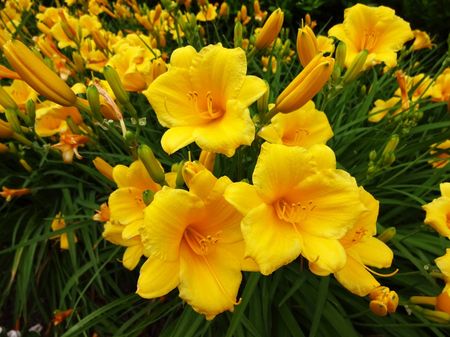 Deadheading Daylily Flowers: Is It Necessary To Deadhead Daylilies
Deadheading Daylily Flowers: Is It Necessary To Deadhead DayliliesThe daylily plant will only bloom for one day. Luckily, each plant produces multiple blooms that flower continuously, creating the beautiful display its growers have come to love. But what happens once the blooms fade? Is daylily deadheading necessary? Find out here.
By Tonya Barnett
-
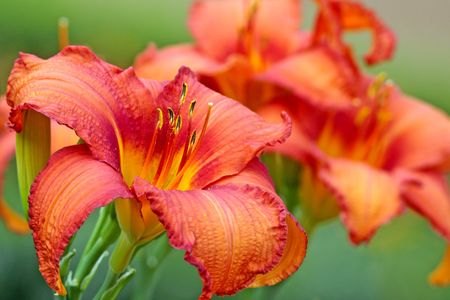 Daylily Fertilizer Needs – How To Fertilize Daylilies
Daylily Fertilizer Needs – How To Fertilize DayliliesDo you need to start fertilizing daylilies? That can depend on the soil. If the soil is poor, feeding these plants may help them to thrive. For more information on daylily food and tips on how to fertilize daylilies, simply click on the following article.
By Teo Spengler